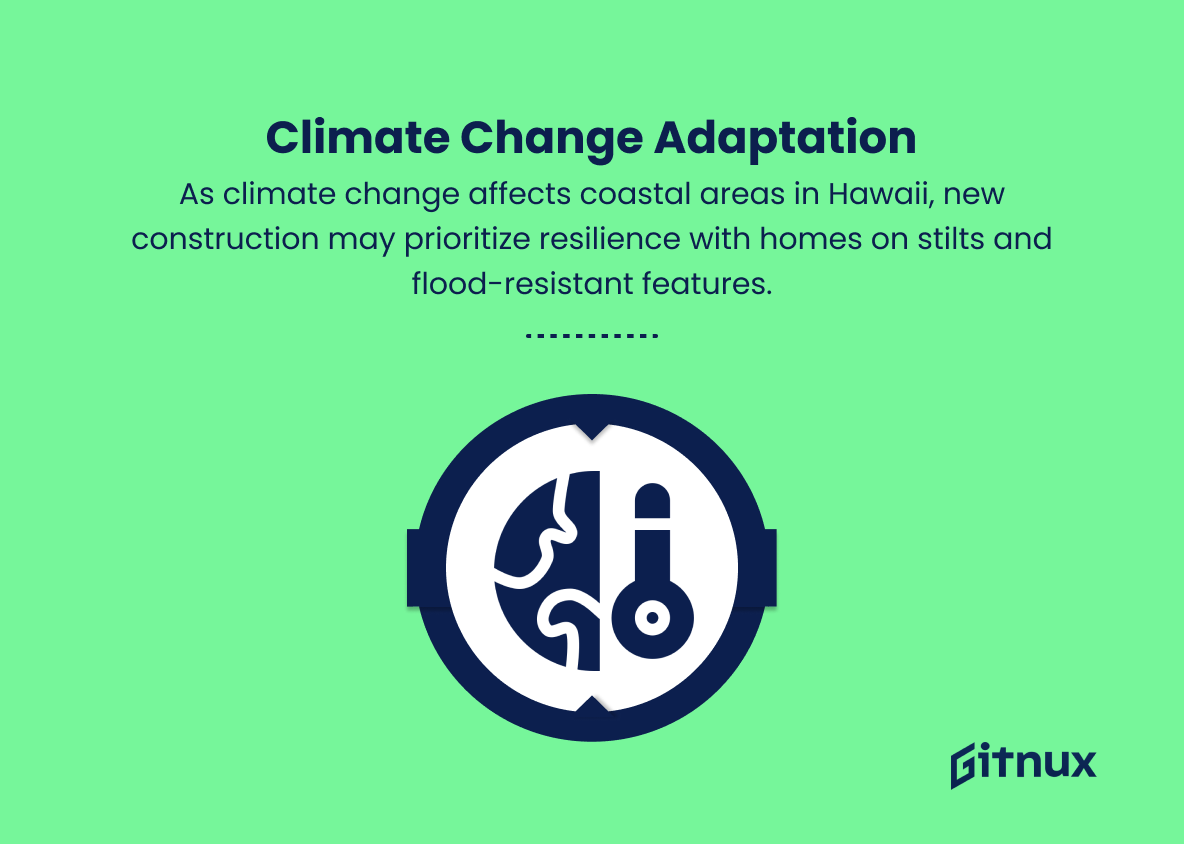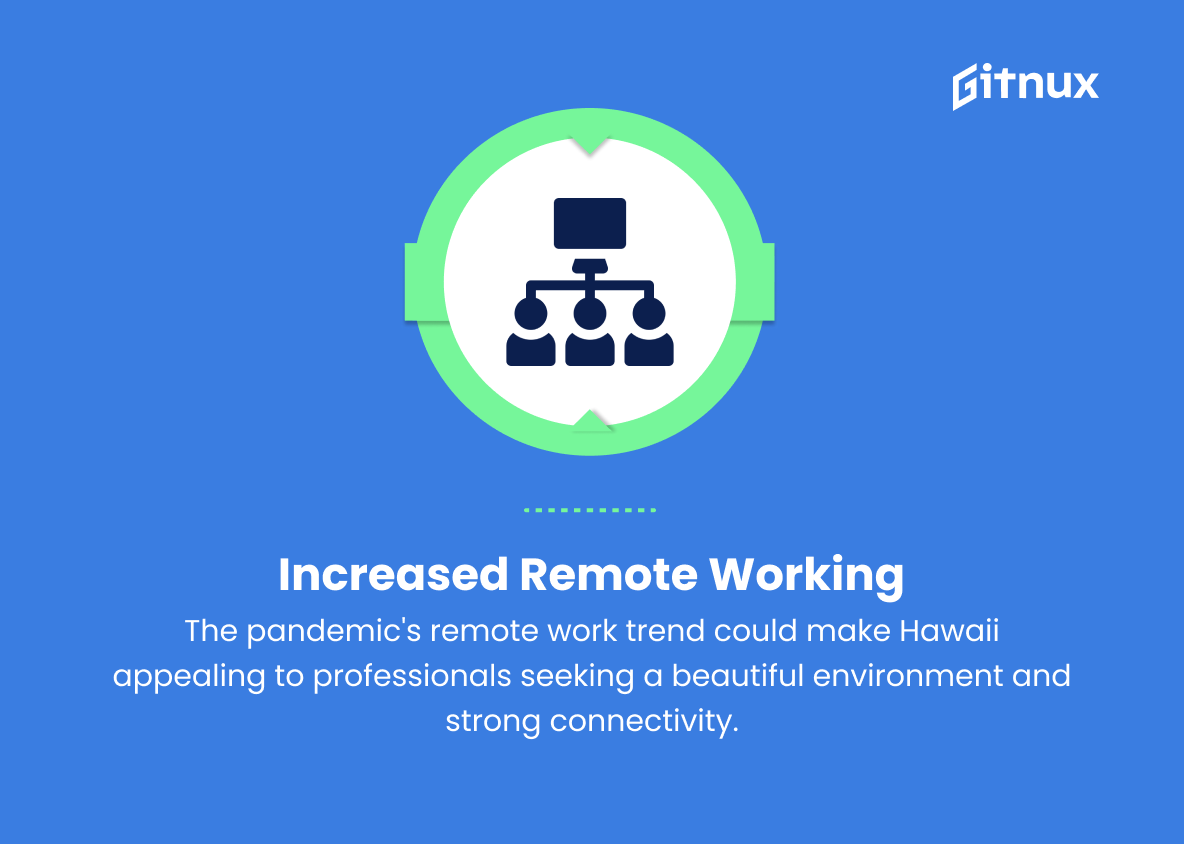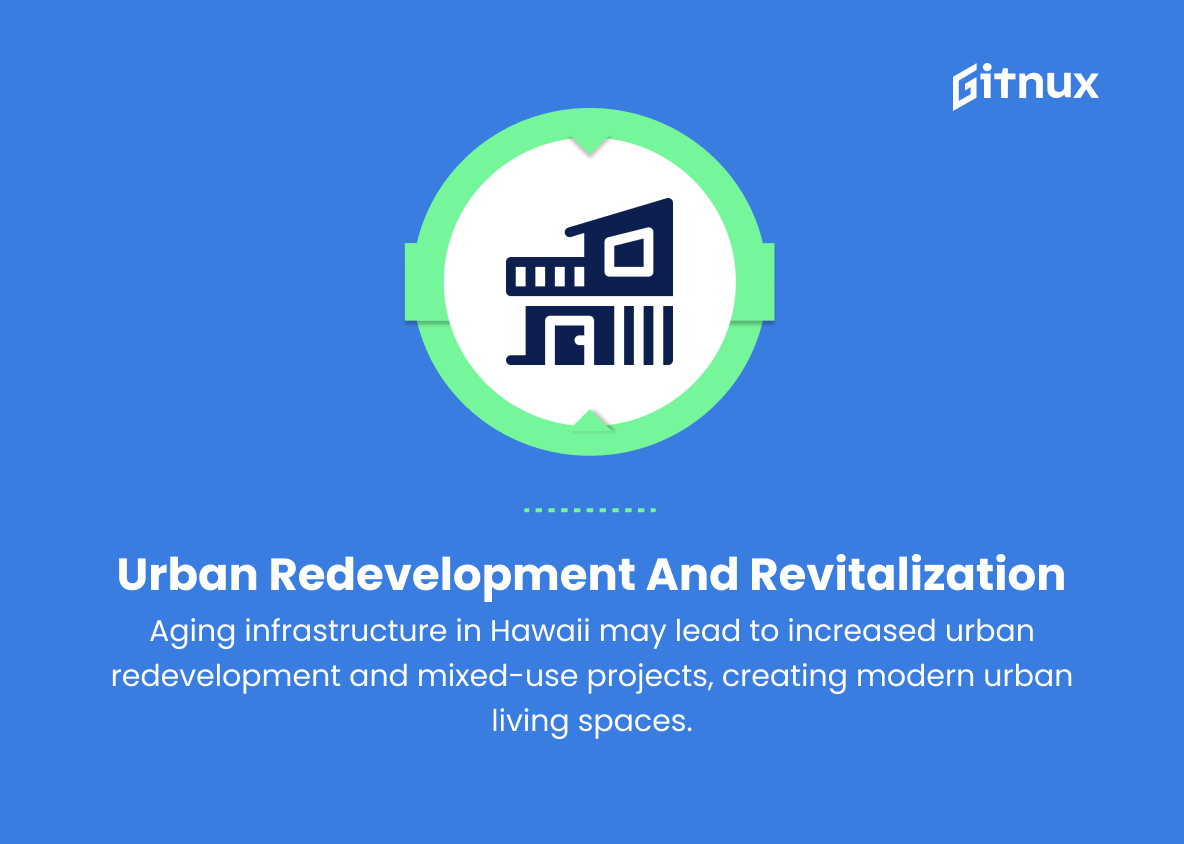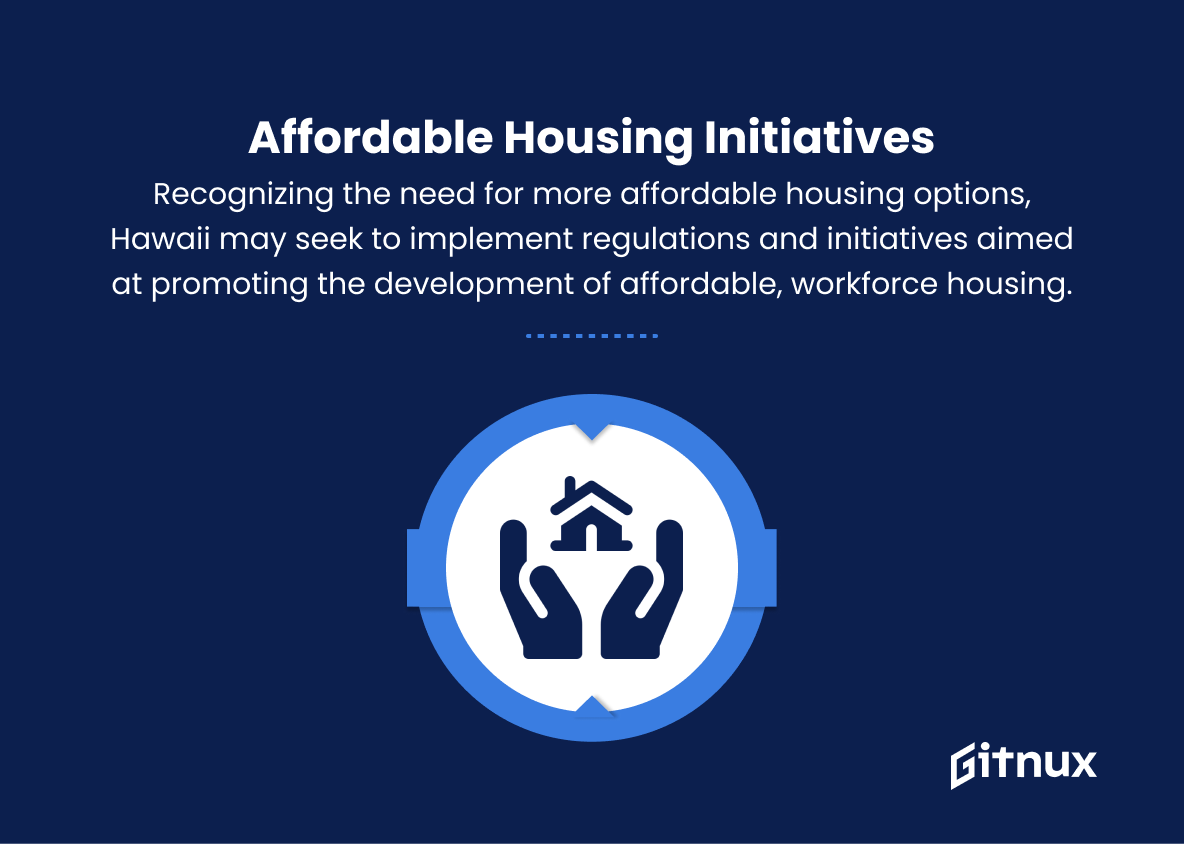As the vibrant sun kisses the pristine shores and the scent of tropical flowers fills the air, Hawaii continues to hold an unwavering allure to homeowners, investors, and dreamers alike.
With its unparalleled beauty and rich culture, navigating the Hawaii real estate market can be an exciting, yet complex endeavor.
In this insightful blog post, we aim to uncover the latest Hawaii real estate trends, giving you the necessary tools and knowledge to make informed decisions.
So whether you’re a prospective buyer, seller, or simply a curious observer, join us as we delve into the ever-changing landscape of paradise in the Pacific.
Aloha, and welcome to our comprehensive analysis of Hawaii’s real estate trends.
Top Hawaii Real Estate Trends
As a futurist, I can envision various potential Hawaii real estate trends based on current trajectories and emerging technologies. Some of these trends could include:
1. Sustainable and eco-friendly housing
With increasing environmental awareness and commitment to sustainability, we might see more eco-friendly building materials and energy-efficient home designs becoming popular in Hawaii.
2. Climate change adaptation
As climate change continues to impact coastal areas, new construction in Hawaii may prioritize resilience and adaptation, with homes built on stilts or incorporating other flood-resistant features.
3. Increased remote working
The COVID-19 pandemic has accelerated the adoption of remote working, which could make Hawaii an attractive location for remote professionals seeking a beautiful environment combined with excellent connectivity.
4. Demand for luxury properties
In the future, the growing number of high-net-worth individuals might increase demand for luxury properties, driving up prices in exclusive neighborhoods and regions.
5. Smart home technology integration
Smart home technology and connected devices may become more widespread in homes across Hawaii, offering residents greater convenience, efficiency, and security.
6. Virtual reality property showings
Virtual reality could become a game-changer for the real estate market in Hawaii, allowing potential buyers from all over the world to virtually tour properties before making a purchase.
7. Space-saving designs
With population growth and limited land area in Hawaii, innovative and compact property designs, like multi-functional spaces or tiny homes, may become a solution to maximize space and improve affordability.
8. Influx of foreign buyers
Hawaii’s beautiful landscape and unique culture could continue to attract foreign buyers, particularly from Asia, in the future.
9. Urban redevelopment and revitalization
With the aging infrastructure of many cities in Hawaii, there might be an increased emphasis on urban redevelopment and revitalization projects, giving rise to mixed-use developments and modern urban living spaces.
10. Affordable housing initiatives
Recognizing the need for more affordable housing options, Hawaii may seek to implement regulations and initiatives aimed at promoting the development of affordable, workforce housing.
Please note that these are speculative ideas based on current trends and thought experiments, and the actual future outcome may differ significantly.
Implications
As a futurist, I anticipate that the Hawaii real estate market will evolve in response to various factors such as climate change, technological advancements, and shifting preferences. Homes in Hawaii are likely to become more sustainable and eco-friendly, utilizing energy-efficient designs and materials.
Climate change adaptation will play a significant role, resulting in the construction of flood-resistant homes, while an increase in remote working may attract professionals seeking a serene living environment.
The market will also see a rise in demand for luxury properties as the number of high-net-worth individuals grows. Furthermore, smart home technology could become a standard feature, offering increased convenience, efficiency, and security to residents.
Virtual reality has the potential to transform property showings, allowing worldwide access to Hawaiian properties without setting foot on the island.
Innovative, space-saving designs will gain prominence in response to growing populations and limited land availability. We may also observe an influx of foreign buyers, particularly from Asia, contributing to market growth.
Additionally, urban redevelopment and revitalization will breathe new life into Hawaiian cities, creating mixed-use developments and contemporary urban living spaces.
Finally, the government may implement initiatives and regulations to address the pressing need for more affordable housing, benefiting the greater population. While these are speculative ideas, it is crucial to consider the implications of these trends on the future of Hawaii’s real estate market.
Conclusion
As we have explored in this blog post, Hawaii’s real estate market remains ever-changing and responsive to various factors such as the economy, advancements in technology, and evolving consumer preferences.
Staying informed of these trends and adapting to the unique dynamics of the Hawaiian islands is crucial for buyers, sellers, and real estate professionals seeking success in this sought-after market.
With a continued focus on sustainable development, innovative architectural styles, and balanced growth, the Hawaii real estate market is undoubtedly set to maintain its position as a desirable and competitive landscape for years to come.










